Tag: Featured
-
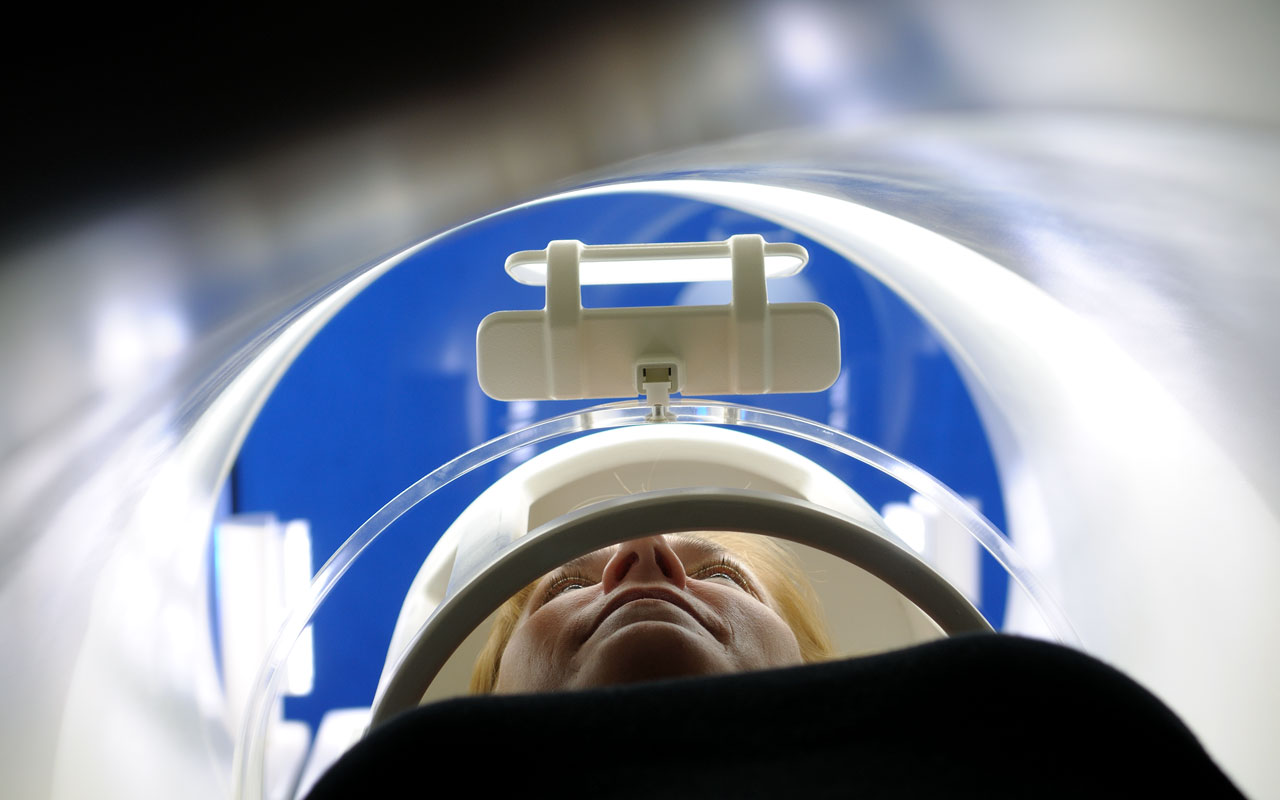
High speed MRI analyzes vocal movement
Aaron Johnson of The Beckman Institute has developed an MRI technique that can view dynamic images of vocal movement at 100 frames per second. This speed is far more advanced than any other MRI technique. The method is especially useful in studying how rapidly the tongue moves, along with other muscles in the head and neck, during…
-

Home-based autism therapies
The MICHELANGELO project creates home-based solutions for assessing and treating autism, including: Pervasive, sensor-based technologies to perform physiological measurements such as heart rate, sweat index and body temperature Camera-based systems to monitor observable behaviors and record brain responses to natural environment stimuli Algorithms allowing for the characterization of stimulus-specific brainwave anomalies These technologies will allow for…
-
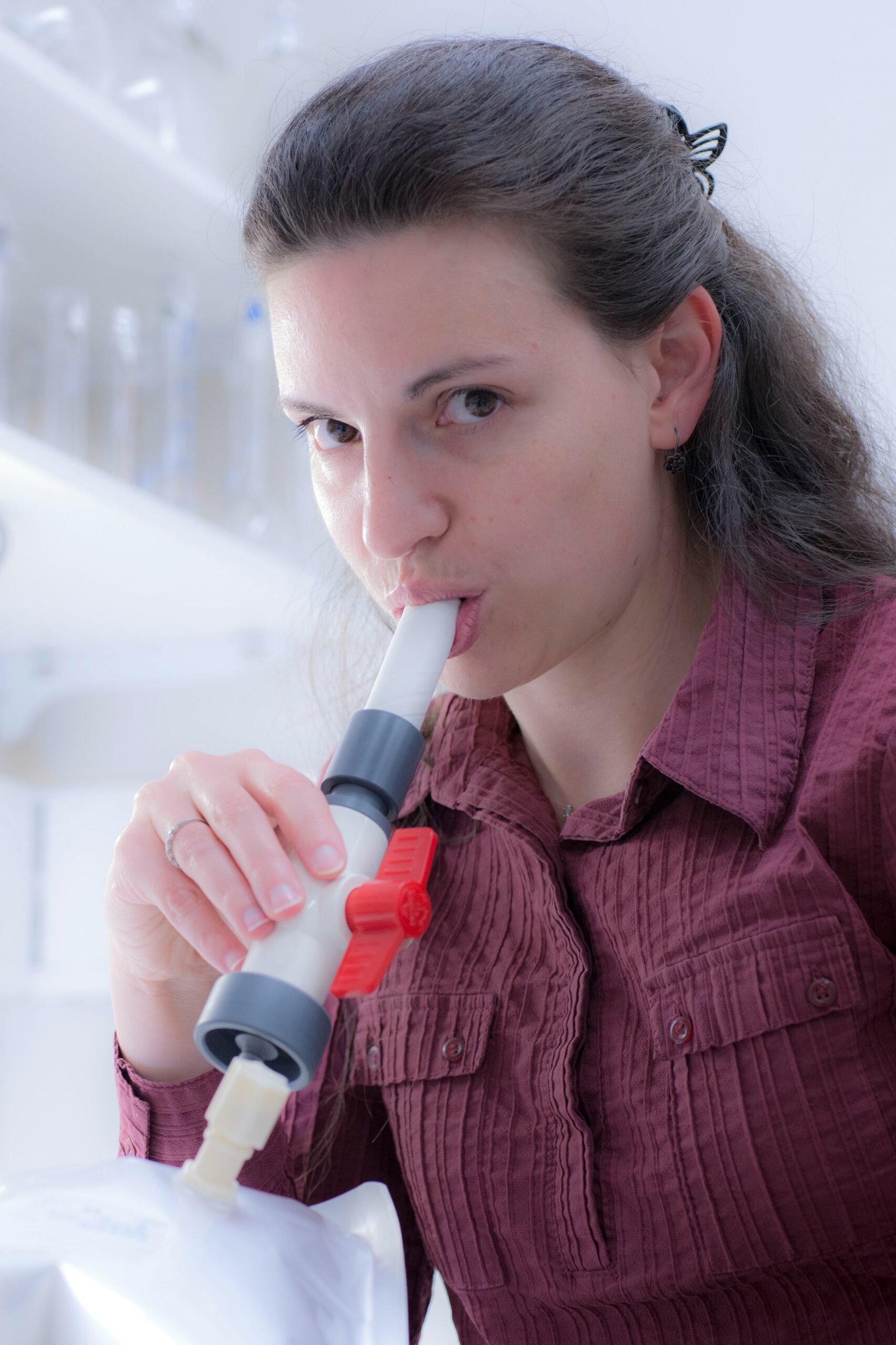
Breath test for malaria
QIMR Berghofer, ANU and CSIRO researchers are developing a breath test for malaria. Current blood testing methods have not changed since 1880. A recent study found a marked increase in normally almost undetectable chemicals in malaria patients’ breath. The chemicals were seen four days earlier than with a traditional microscope test, with higher sensitivity. Malaria killed 584,000…
-

Alpha wave oscillation stimulation studied for depression
UNC‘s Flavio Frohlich used low doses of electric current to boost creativity by enhancing alpha wave oscillations. His goal is to to help people with neurological and psychiatric illnesses, as some depression patients have impaired alpha oscillations. His Cortex paper showed EEG observed alpha wave oscillation enhancement using a 10-Hertz current run through electrodes attached to the scalp. Frohlich…
-
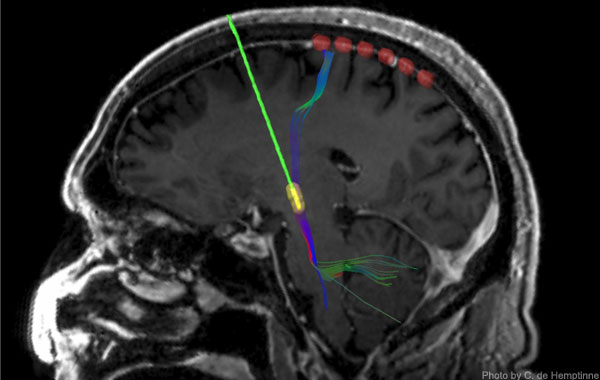
Study: DBS reshapes neural circuits
UCSF professor Philip Starr published a paper suggesting that Deep Brain Stimulation works by reducing overly synchronized motor cortex activity. He believes that this explains why surgically implanted electrodes improve movement, tremor, and rigidity in Parkinson’s patients. Little is known about why and how DBS works. This has held back efforts to improve the therapy.…
-
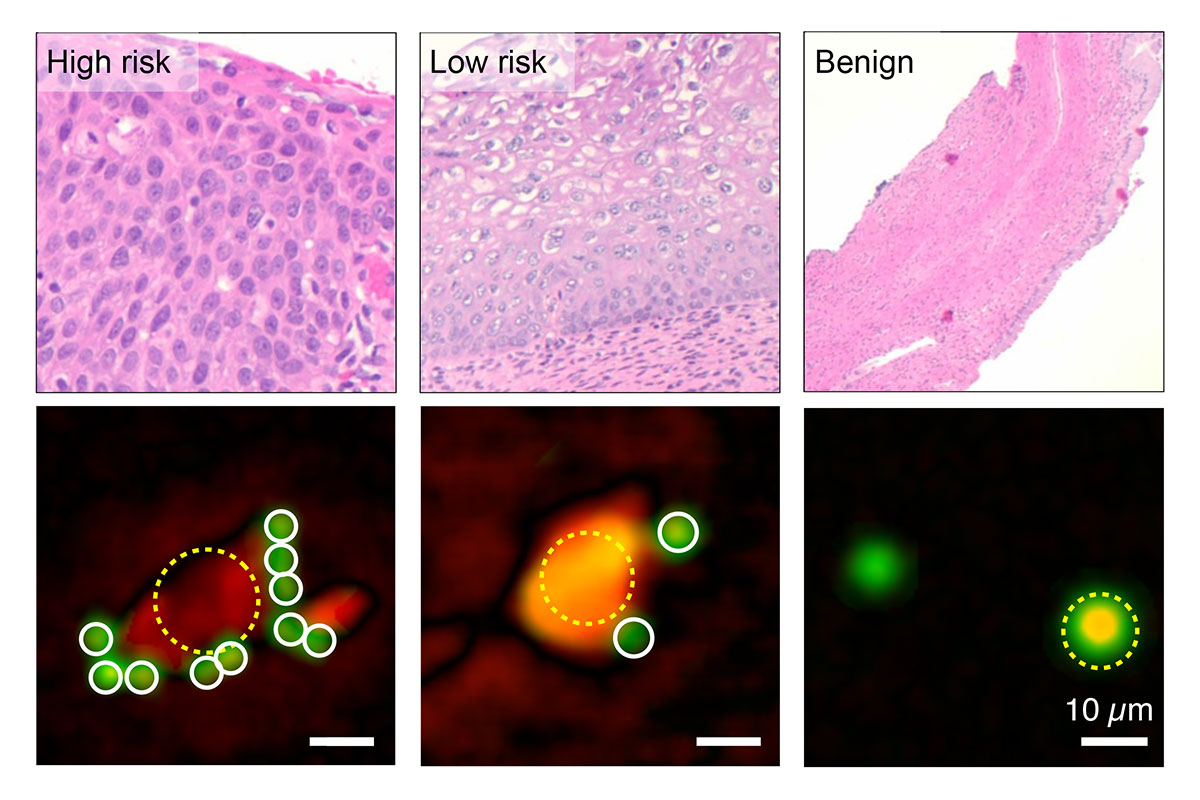
Cheap, remote, smartphone molecular cancer diagnosis
A Harvard and Mass General developed device may bring rapid, accurate molecular diagnosis of cancer and other diseases to remote locations. The smartphone-based device creates holograms to collect detailed microscopic images for digital analysis of the molecular composition of cells and tissues. The study’s authors believe that “because the system is compact, easy to operate,…
-
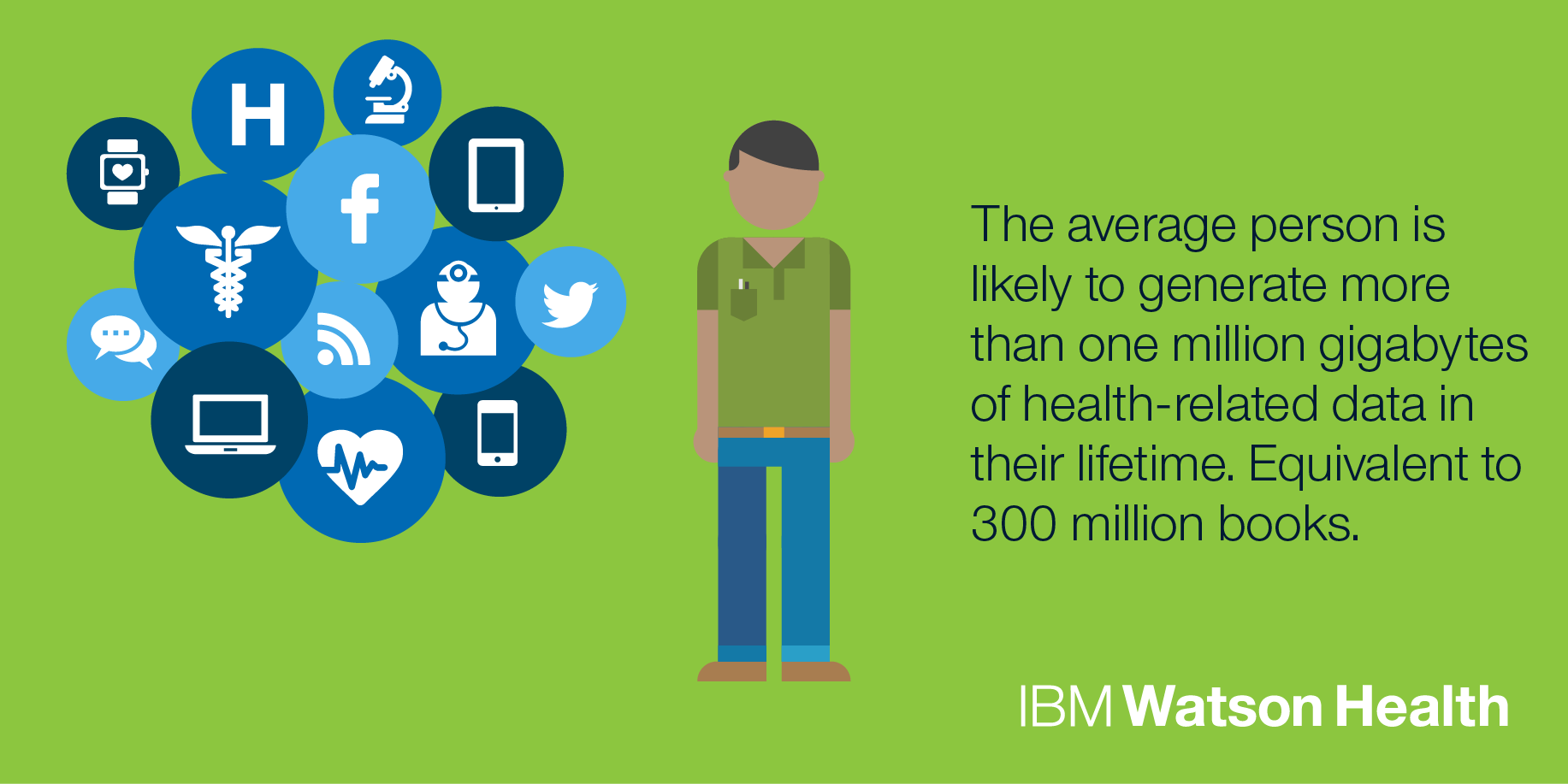
Big Data, AI and personalized healthcare
With the goal of personalizing healthcare, improving outcomes and cutting costs, IBM’s Watson Health will aggregate massive amounts of disparate patient data. The company has struck deals with Apple, Johnson & Johnson and Medtronic to collect and use more information from devices. To address privacy concerns, IBM is offering ways to strip personal information from wearables and…
-

Nanoparticle treatment targets brain tumors
Tel Aviv University Professor Dan Peer is developing a nanoparticle-based process to target glioblastoma cells, previously considered untreatable. Nanoparticles were injected into tumors, acting as the drug delivery system. Nucleic acid, with interference RNAs, attached to receptors expressed specifically on glioma cells, and stopped the activity of a key protein that regulates the rapid reproduction of…
-
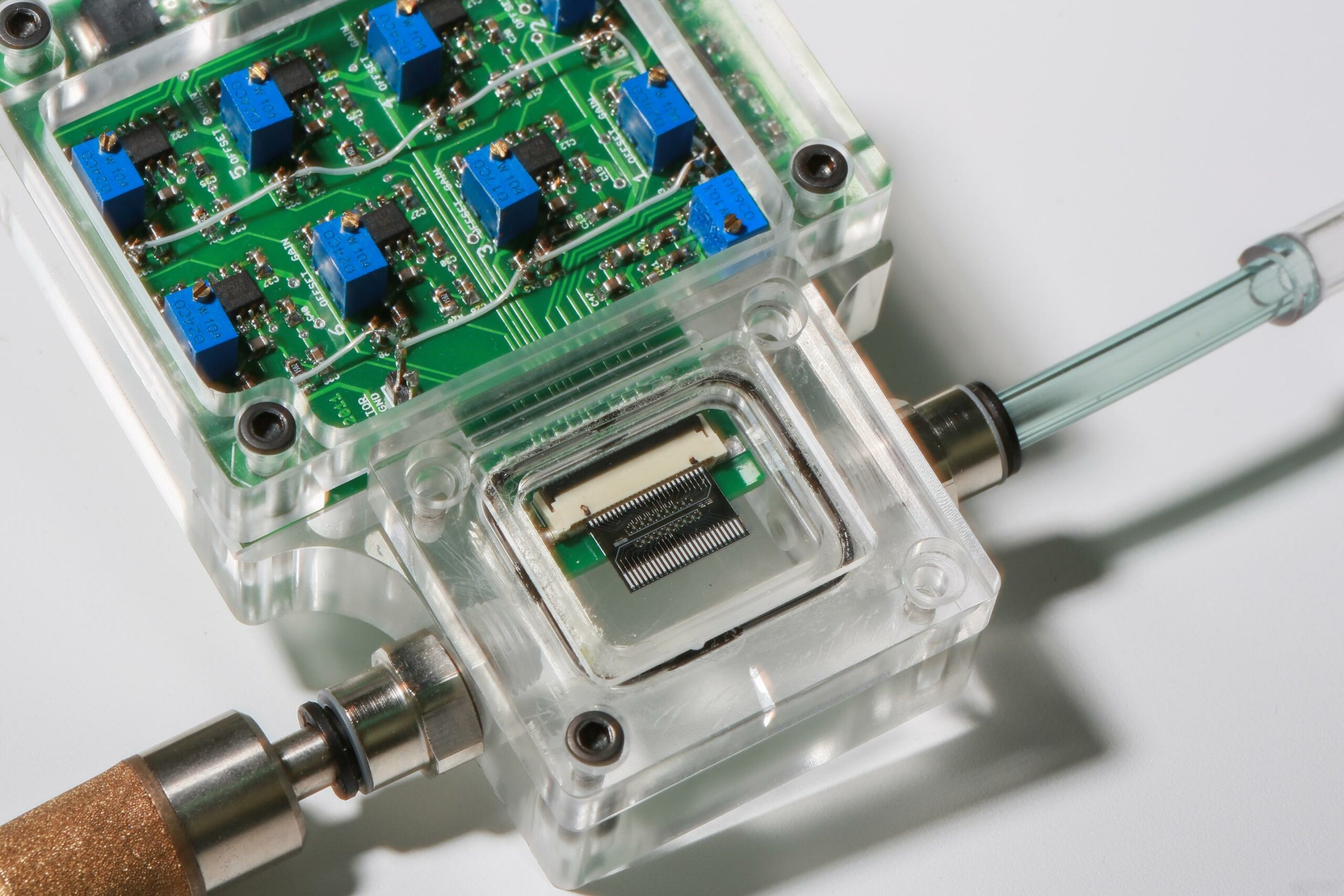
Breath test for head and neck cancer
EPFL researchers have developed a sensor that can identify the presence of a head and neck cancer through breath analysis. Nico de Rooij‘s micro-sensors detect volatile organic compounds which vary in presence and concentration depending on one’s health. The sensor includes a silicon disk covered by a polymer and suspended by four tiny “bridges” with integrated…
-
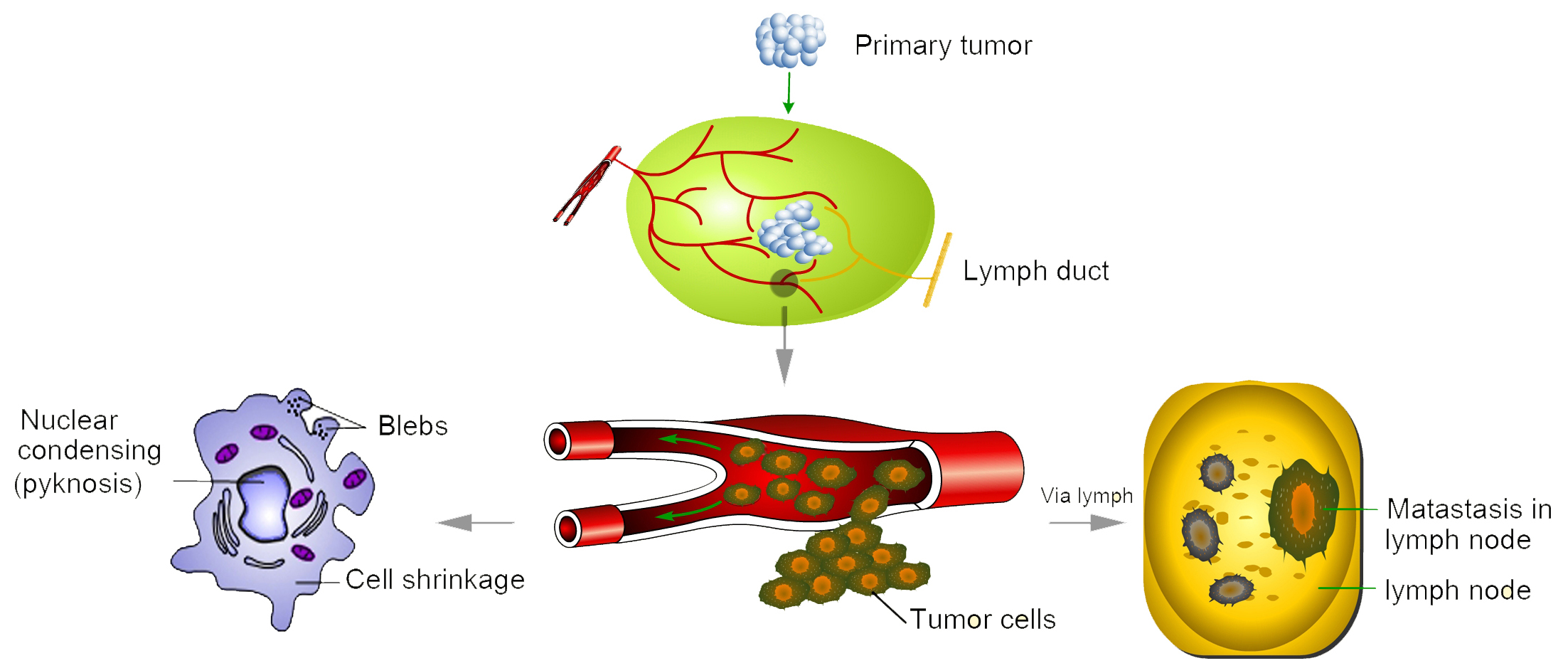
Nanosensor cancer detection
Priscila Kosaka from the Microelectronic Institute of Madrid is in the early stages of developing a nanosensor to detect cancer from blood samples before symptoms appear. It is not expected to be on the market for another 10 years, but could one day eliminate the need for biopsies. Kosaka claims that the technology is 10 million…
-
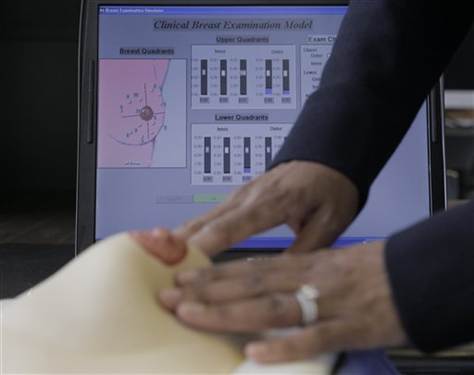
Sensor models improve physician breast exams
University of Wisconsin‘s Carla Pugh has developed a sensor based breast model to help train physicians to detect tumors. The device indicates when a physician is palpating (pressing) with enough force to detect a lump in the breast. The amount of pressure is displayed as colors on a breast map displayed on a monitor. Blue indicates low…
-

Closed-loop glucose monitoring system
GlucoSitter by DreaMed Diabetes is an automated, closed loop, artificial pancreas system for controlling glucose levels. It links the glucose sensor with the insulin pump through control algorithms. Glucose sensor data is analyzed and the pump is directed to deliver the correct dose of insulin. GlucoSitter has been tested on 220 patients with 15,000 hours…